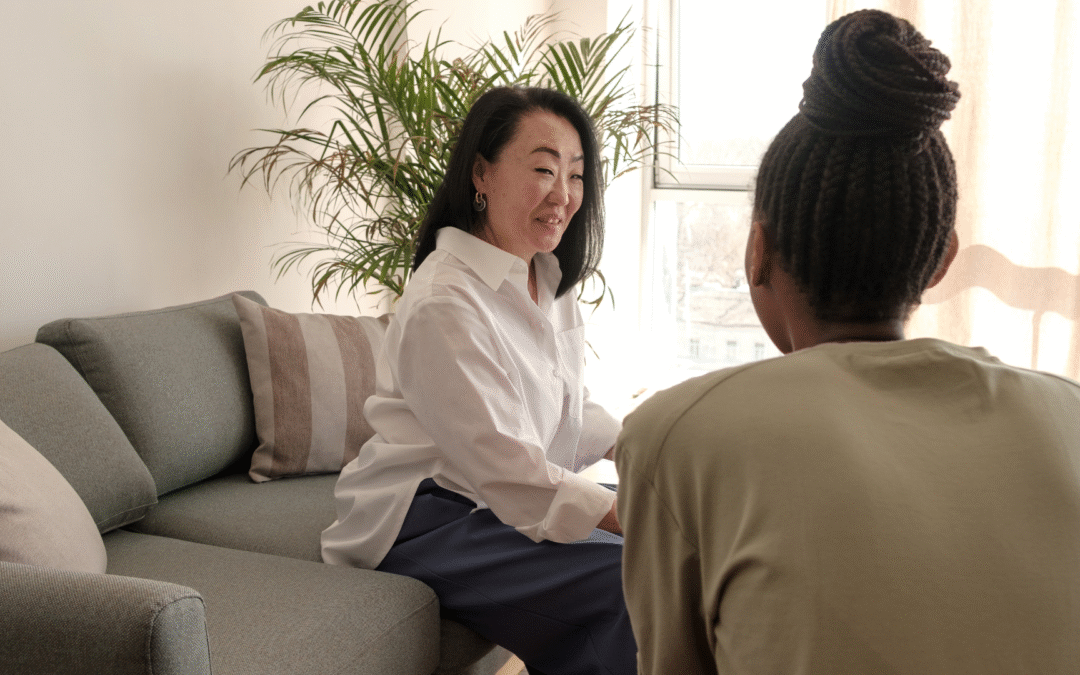There are many misconceptions surrounding eating disorders as well as their signs and symptoms. In this blog post, we offer a comparison between two commonly confused conditions; bulimia and binge eating disorder. With binge eating disorder being the most commonly occurring eating disorder in the US, it’s increasingly important to understand the warning signs of this condition.
If you’ve found yourself in a pattern of bingeing, obsessing over food, or hiding how much you eat, you’re not alone and it’s important to understand that help is available.
Understanding Bulimia
Bulimia nervosa is an eating disorder marked by recurring episodes of binge eating followed by behaviors aimed at “undoing” the food intake. This compensation can take many forms: vomiting, excessive exercise, fasting, or the misuse of laxatives. People with bulimia often struggle with overwhelming fear of weight gain and a need to feel in control.
There are purging and non-purging subtypes of bulimia, but they share core patterns of bingeing and anxiety over body image. This condition often coexists with traits like anxiety and impulsivity, making recovery a deeply emotional journey that requires support, patience, and individualized care.
What is Binge Eating Disorder?
Unlike bulimia, binge eating disorder (BED) does not involve purging or compensatory behavior. Instead, people with BED experience repeated episodes of uncontrollable eating, followed by intense feelings of guilt or shame. These episodes occur at least once a week over several months and often include eating when not physically hungry, eating in secret, or continuing to eat even after feeling uncomfortably full. BED often emerges as a way to cope with stress or emotional pain. The absence of purging doesn’t make the disorder less serious—emotional suffering and health risks are real, but healing is possible with the right treatment.
Key Differences Between Bulimia and Binge Eating Disorder
Despite some commonalities, bulimia and BED diverge in important ways. The most significant difference lies in the response after a binge eating episode. Those with bulimia feel compelled to purge or restrict after eating, this is often driven by an intense fear of weight gain. Those with BED do not engage in this restrictive pattern. Age of onset also differs: bulimia tends to appear earlier, while BED is more common in adulthood. Understanding these differences isn’t about diagnosis alone—it’s about uncovering the emotional dynamics driving these behaviors.
Similarities Between the Two Disorders
At first glance, bulimia and BED can look very similar: both involve consuming large quantities of food, often rapidly and in response to emotional triggers. Both disorders also frequently coexist with anxiety, depression, or low self-esteem. Body dissatisfaction is common in both conditions as well, although it tends to vary in intensity. In either case, eating is not just about food—it’s about managing overwhelming feelings. Recognizing these shared features can help reduce stigma and encourage individuals to seek help.
When and How to Seek Help
If you’ve seen yourself or a loved one in any of these descriptions, it’s okay to feel uncertain or even overwhelmed. Eating disorders don’t need to reach a crisis point before getting help. In fact, early support can make recovery more attainable. Whether you resonate more with the patterns of bulimia or BED—or aren’t sure—what matters most is that you reach out. Therapists, dietitians, and support groups can help you heal not just your relationship with food, but with yourself.
Why be Collaborative is a Trusted Ally in Eating Disorder Recovery
be Collaborative is more than a support service—it’s a compassionate partner in your journey toward healing. Whether you’re navigating bulimia, binge eating, or unsure where your experience fits, be Collaborative offers a safe, judgment-free space to explore your relationship with food and uncover emotional patterns. With a holistic, person-centered approach, the team provides tailored support that respects your unique story while equipping you with tools to regain control, find balance, and build lasting recovery.
From therapy and coaching to educational resources and community connection, be Collaborative stands beside you every step of the way—meeting you where you are and helping you move forward at your own pace. If you’re ready to transform how you respond to food, emotions, and self-image, you don’t have to do it alone. be Collaborative is here to walk with you—because healing happens best when we do it together.
Contact us today to get started.

